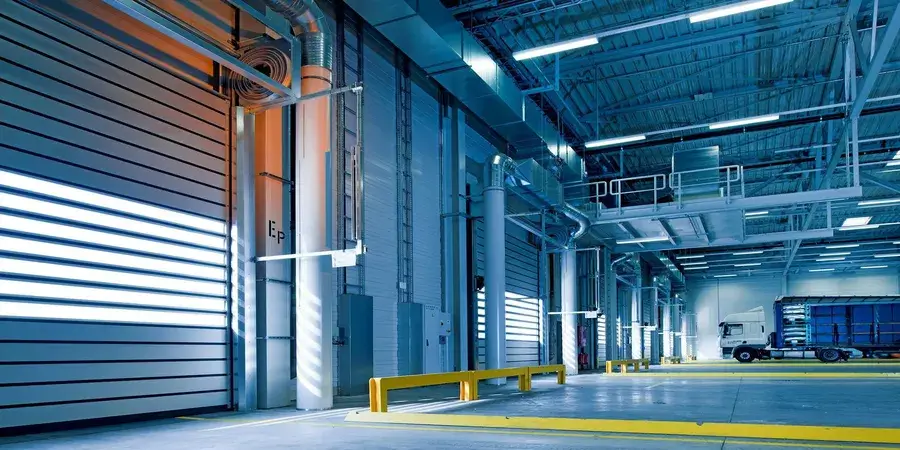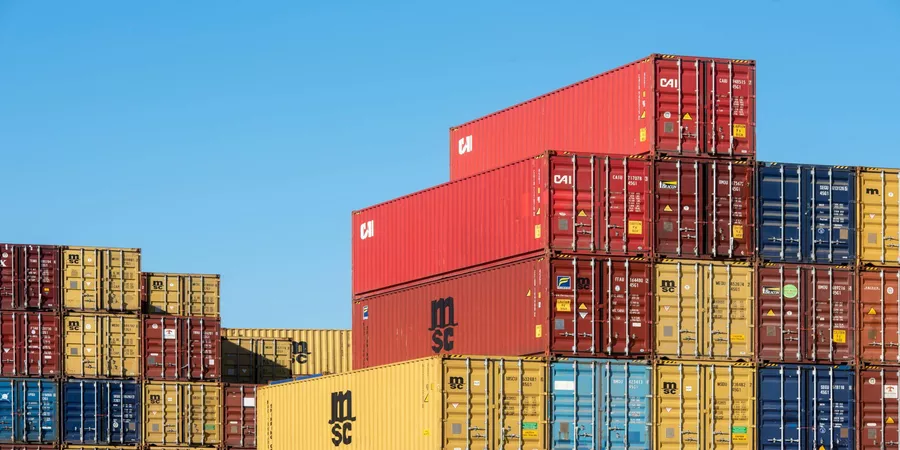Every business wants to get more done in less time. But when safety steps in, some leaders start to worry that it might slow everything down. The truth is, safety and productivity don’t have to fight for space. A strong safety culture can actually make work smoother and more reliable.
Creating that culture takes more than posting rules or giving quick reminders. It’s about shaping how people think, act, and communicate. It’s also about helping them understand that staying safe supports their ability to do good work. When employees feel protected and respected, they bring more focus and confidence to the job.
Let’s look at how companies can build a culture of safety that helps teams work better, not slower.
1. Focus on Education and Awareness
Safety begins with understanding. When employees know why safety matters, they’re more likely to follow through. That means businesses need to do more than just hold a yearly orientation. Regular, short training sessions can help keep safety fresh in everyone’s minds. These can be quick refreshers, team talks, or interactive workshops that invite real discussion.
Leaders can also encourage workers to share what safety looks like in their daily routines. This makes the training feel practical, not distant. When employees can relate lessons to their own work, the message sticks.
Professionals who want a stronger grasp of workplace safety often pursue an industrial hygiene degree, where they learn to use data and science to keep teams protected and work running smoothly.
Even if not everyone pursues formal education, promoting awareness helps create a team that looks out for one another. When people understand the purpose behind each safety measure, they take ownership of it.
2. Involve Employees in Safety Decisions
Building a safety culture isn’t a top-down process. It works best when everyone feels included. When employees take part in safety planning, they see how their ideas can make a difference. That sense of ownership builds responsibility and motivation.
One simple step is to form a small safety committee that includes people from different departments. These members can collect feedback, review workplace conditions, and suggest updates. Another good idea is to hold short monthly meetings where anyone can raise safety concerns or suggest improvements.
When employees see that leaders listen and act on their input, trust grows. This trust encourages more people to speak up early, before a small issue turns into a big problem. Inclusion also helps create better solutions since those who work on the floor every day know where the real risks are.
When everyone plays a role, safety stops feeling like a rule to follow—it becomes a shared value.
3. Make Safety a Shared Responsibility
A safe workplace doesn’t depend on one person or one department. It depends on how everyone acts together. From the CEO to the newest hire, every individual can help maintain safety.
Leaders should set the example by following the same safety steps as their teams. When managers wear protective gear, follow proper procedures, and take time to explain why, it sends a clear message. Actions matter more than reminders.
Businesses can also recognize employees who show consistent attention to safety. Highlighting positive behavior encourages others to do the same. For example, a “Safety Star” mention in a team meeting or internal newsletter shows appreciation without adding pressure.
Making safety part of daily work routines—like checking tools before use or reporting hazards right away—helps keep it simple and consistent. It becomes a natural part of doing the job well.
When everyone feels responsible, people protect each other instead of waiting for direction.
4. Use Technology to Simplify Safety Processes
Technology can make safety easier to manage and track. Instead of relying on paper checklists or long forms, businesses can use digital tools to collect reports and monitor conditions in real time.
For example, mobile apps allow workers to report hazards or near misses instantly. Supervisors can then act quickly to fix issues before they cause harm. These tools also make it easier to track data over time, helping companies spot trends and improve training where needed.
Automation can help too. Machines that shut off when conditions aren’t safe, sensors that detect air quality changes, or software that reminds workers of upcoming inspections—these tools help teams stay proactive without wasting time.
When safety tasks are easy to complete, employees are more likely to stay consistent. Digital tools can save time, reduce paperwork, and free up workers to focus on their jobs. That’s how safety supports productivity, not limits it.
5. Recognize and Reward Safe Behavior
Positive reinforcement goes a long way. When employees see that their effort is noticed, they stay motivated to keep doing the right thing. Recognition doesn’t have to be costly or complicated. Even a small thank-you during a meeting or a message in the company chat can make people feel valued.
Businesses can also set up reward programs where teams earn small incentives for completing safety goals, like going a month without an incident or improving reporting accuracy. These goals should focus on awareness and prevention, not just the absence of accidents.
Another helpful approach is peer recognition. Encourage workers to nominate each other for showing good safety habits. It builds teamwork and reminds everyone that safety is about looking out for one another.
When employees feel appreciated, they’re more likely to maintain good habits. A little acknowledgment can make safety part of the workplace identity.
Building a culture of safety doesn’t mean slowing down or adding more rules. It’s about making safety part of everyday thinking. When employees understand the reasons behind safety steps, they care more about following them.
Involving everyone, simplifying processes, and celebrating progress help create a sense of unity. Technology makes it easier, but genuine communication keeps it strong.
When people feel safe and supported, they do their best work. Productivity grows naturally because teams don’t waste time dealing with preventable problems. Safety and success move together when the company values both.
That’s how a business builds a culture that protects its people—and thrives because of it.









